Darfash Kavian
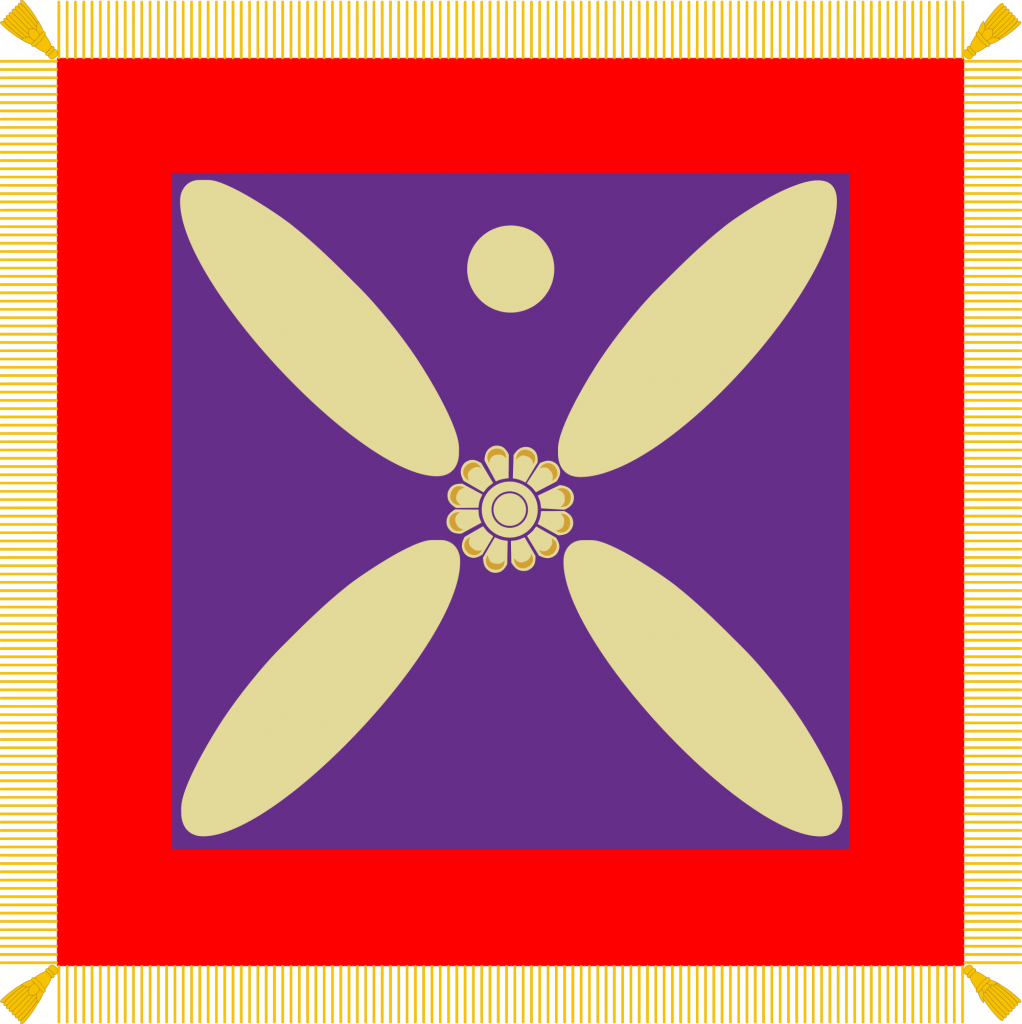
Darfash Kavian
"Darfesh Kavian" (Derafsh-e Kavian) The name of the flag is the legendary Sassanid royal. In Ferdowsi's Shahnameh (Edited by Khaleghi Mutlaq, pp. 66-70, verse 184 onwards) It has been said that during the rebellion against the tyrant "Zahak", Kaveh Ahangar wore his leather apron. [As a sign of uprising and protest] It was hung on a wooden spear in the form of a flag. As a result of this rebellion, the kingdom of Iran was transferred to "Feridon", a prince from the old royal family, and he also decorated the mentioned apron with gold, silver, precious stones and red and yellow wines. (or blue) And bring it purple and call it "Darfesh Kavian" = the flag of Ki(I see)” (that's mean: Kaviha = Kings) Or called "= Kaveh's Flag".. Each of the future kings also added jewels to it, so that its door shone like the sun at night..
In ancient Islamic sources, this story has been described in detail in various ways. Based on the data of historians of the 10th century AD, Tabari (Volume 1, pp. 2174-5) and Masoudi (Moruj al-Dahahab, edited by Pellat, vol. 3, p. 51)Kavian's door was made of "leopard" skin and its dimensions were 8 x 12 cubits, that is, about 5 x 7.5 meters.. "Khwarizmi" has mentioned sources according to which the said cover was made of bear or lion skin. (Mofatih al-Uloom, p. 115; measure with: Makdisi, The Beginning and the History, Vol. 3, pg. 142: Goat or milk skin). In the 14th century, "Ibn Khaldun" (Al-Muqaddimah, Part 3, pp. 9-168) It is reported that this flag had "a magic square inside which was woven with a hundred golden threads", believing that the army carrying a flag with such a square would never lose a battle..
This flag is also sometimes called "Darfesh Jamshid", "Darfesh Fereydoun". (Shahnameh, Moscow edition, vol. 1, p. 202, verse 1007; Volume 6, page 113, verse 704), and "Darfesh KI" "= royal banner" (Shahnameh, edited by Khaleghi Mutlaq, vol. 1, p. 147, verse 939; measure with: Thaalabi, Ghar al-Sir, pp. 8-30) has been read.
According to the report of the Shahnameh, when the army was called and prepared for battle, the kavian darfash was taken out of its storage place for five days, and it was carried by the shah or the commander of the army during the campaign.. This flag is mostly referred to as "Humayoun" and "Blessed". (Shahnameh, vol. 1, p. 118, verse 656; Volume 5, page 102, verse 294). In battles, Kavian's sword was used to invigorate and motivate the soldiers (Shahnameh, Moscow edition, vol. 3, p. 42, verse 621; measure with: Volume 3, page 173, verse 2654; Volume 4, pp. 97-8, verse 1348 onwards and 1389, p. 140, verse 386, p. 147, verse 498 onwards; Volume 5, p. 207, verse 2094 and...; Tabari, vol. 1, p. 609; measure with: Closer, Persian Wars 1.15).
There is no direct mention of the Kavian flag in the Avesta or Achaemenid and Parthian sources, but several scholars have believed that this flag was found in the damaged part of the Alexander mosaic in Pompeii. (Pompeii) whose subject is Alexander's victory over Darius III in the battle of Issus, is drawn. Although Xenophon (Anabasis 1.10.12) has mentioned that the Achaemenid flag was a golden eagle carved on a shield that was carried on top of a spear.. Arthur Christensen (A. Christensen) Darfesh accepted Kaveyan as the Sasanian royal flag and argued that the Kaveh legend is based on the fame of the "Karen" family. (Karen) which traces its lineage to "Qaran" (Karen) The son of "Kaveh" was discovered, it was developed during the Sasanian era. Stig Weekender (S. Wikander) He agreed with this point of view, but he argued that it was not Koi Hai (Kavi) Gahan Avesta, Bel Ke Hasht Koi Yashthai Avesta and Mairyo (= the group of warrior men of the Avesta era; to Middle Iranian: Merag, in the Veda: Mary) had authorized. He also argued that Darfesh Kavian during the party era (Parthians) It had become the national flag of Iran.
in the battle of Qadisiyah (Around 16 BC / 637 AD.) When the Sassanid army was defeated by the Arabs, this flag fell into the hands of "Zarar bin Khattab".. He sold it for thirty thousand dinars, while its real price is said to be one million two hundred thousand or even two million dinars. (Tabari, vol. 1, p. 2337; Ibn Athir, vol. 2, p. 482). After removing the jewels from Kavian's door, they burned it by order of Caliph Umar (Historiography of Balami, edited by Bahar, p. 148). *
* Dj. Khaleghi-Motlagh, "Derafsh-e Kavian": Encyclopaedia Iranica, vol. 7, Costa Mesa, Calif., 1996
Thanks to Dariush Kiani



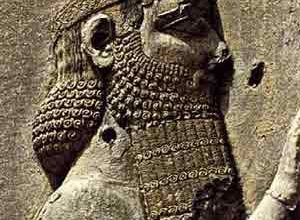
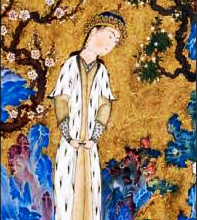
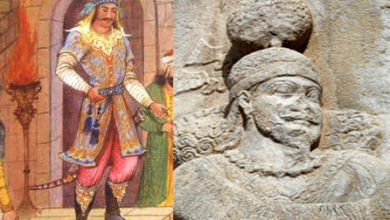
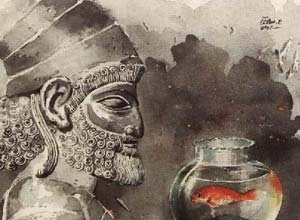
Excellent, thank you, Manny
Stay safe my friend